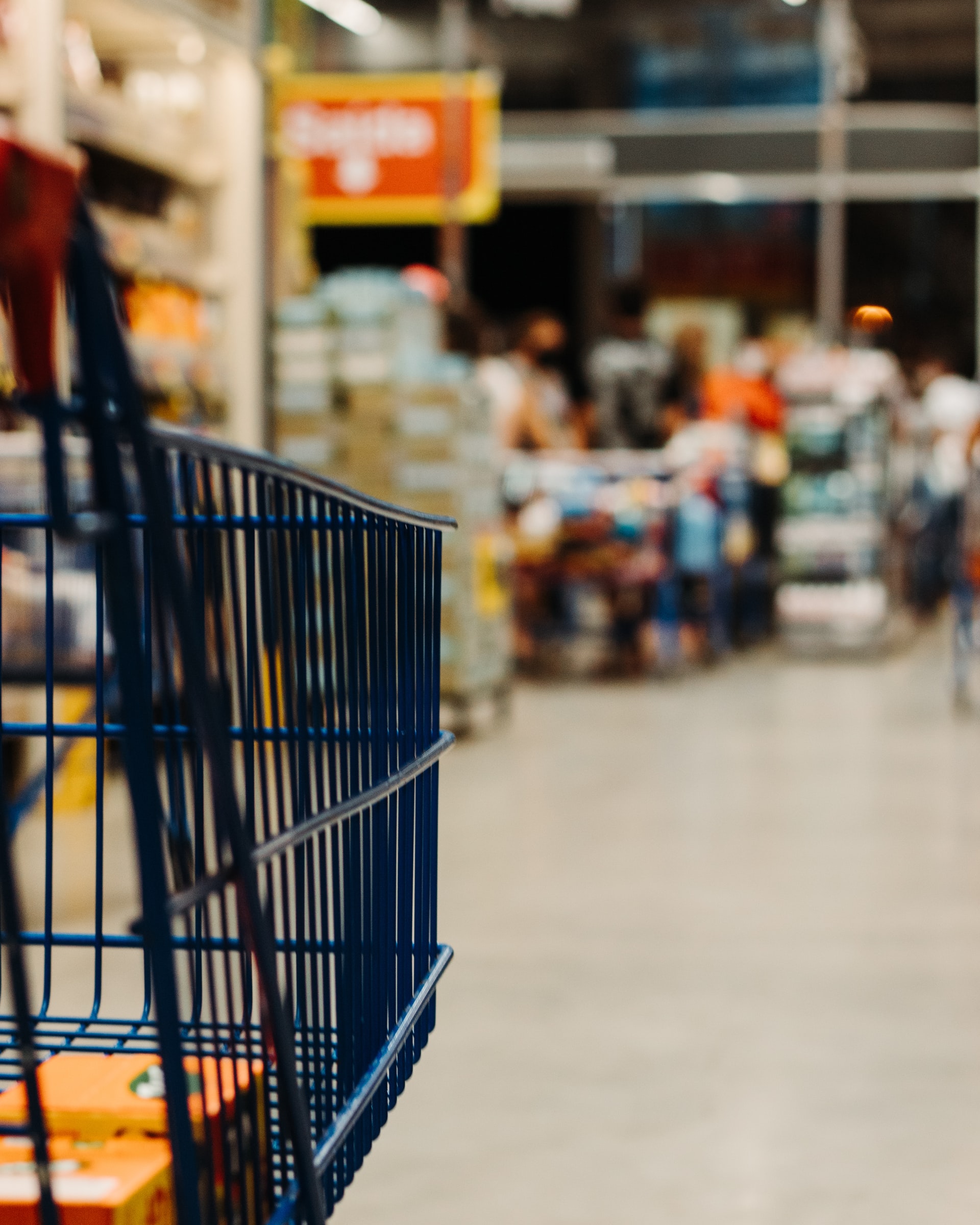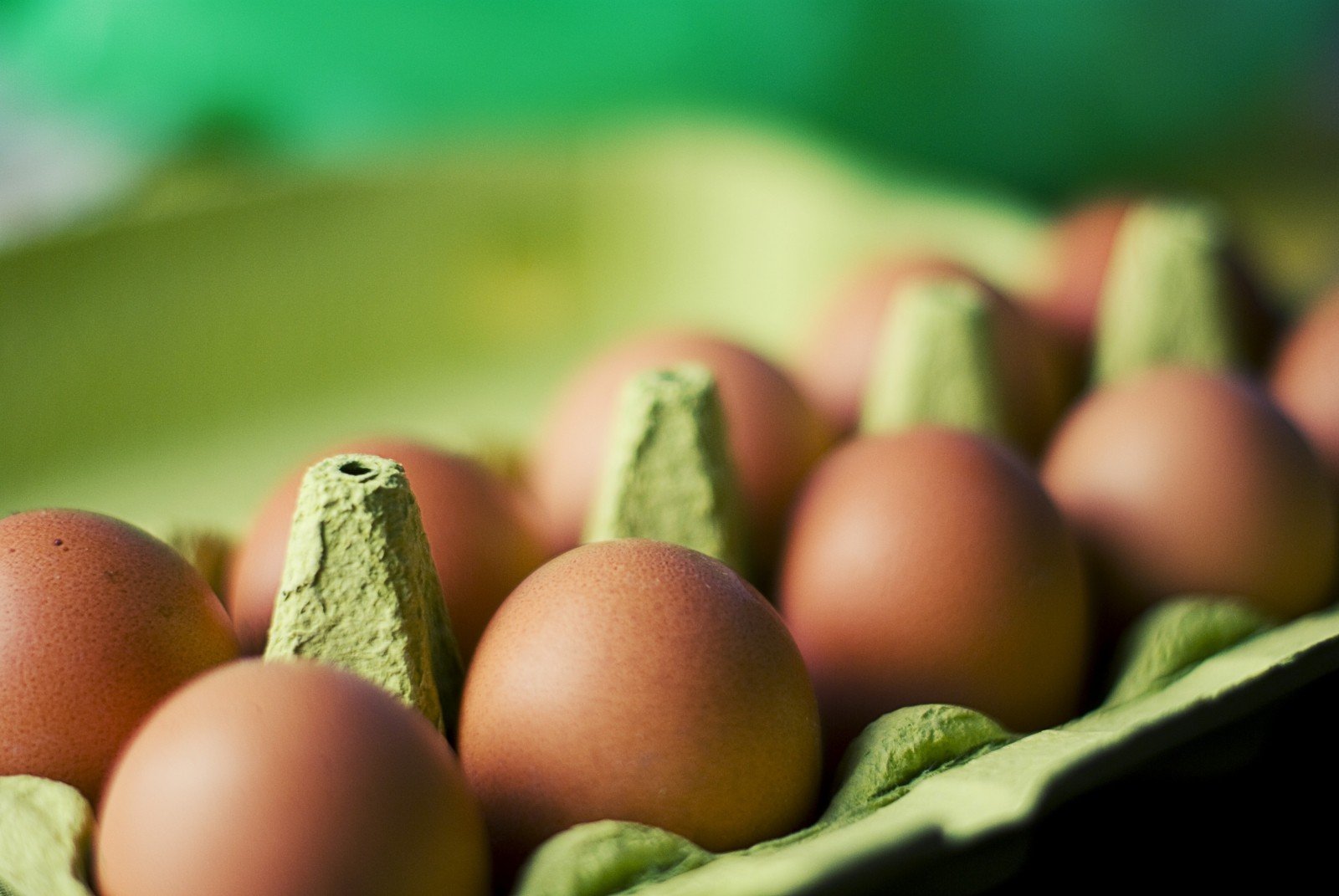Incorporating information about the way in which animals are reared (method of production) on the labels of animal-sourced products has the potential to transform consumption patterns, which can contribute to improved levels of animal welfare on farms.
Method-of-production labelling on animal-sourced products helps consumers support production processes that are more respectful of animal welfare. In turn, this can accelerate a transition to a more humane animal agriculture industry.
The introduction of the egg labelling scheme in 2008 is a notable example of how this works in practice. Under the scheme, all EU-produced and imported shell eggs must be labelled according to their production method. The rules require country-of-origin labelling on imported eggs, and further impose a “non-EC standards” mark for imports where there is “no sufficient guarantee as to the equivalence of rules”. The number of egg-laying hens kept in alternative, non-cage systems steadily increased in the EU following the introduction of the scheme, indicating the positive impact of a higher level of transparency.
Five member organisations of Eurogroup for Animals have developed privately certified animal welfare labels, some of which are pioneering the field, and are used in Member States where other existing public or corporate animal welfare labels already exist.
These initiatives by the nonprofit sector are partnerships with public administrations, consumers, certifiers, retailers, producers, and farmers. Based on the years of experience of its members, Eurogroup for Animals believes that the “Method-of-Production Plus” (MoP+) label can ensure clear and reliable information to consumers, paving the way to more animal welfare-focused production methods while boosting fair competition on the common market.
An MoP+ label consists of a tiered labelling scheme that groups a number of aspects of animal welfare into a rating system. It provides information about the entire lifetime of the animal, including transport and slaughter, and takes a core set of animal welfare indicators into account.
of EU citizens said that they would like to have more information on the conditions in which farmed animals are raised
of EU citizens would pay at least an additional 5% to ensure their products are animal-friendly
of EU citizens look for labels identifying animal welfare-friendly farming systems when buying food products
WHAT DOES THE PUBLIC THINK?
An Italian survey showed a large majority of respondents would like to consider animal welfare in their consumer behaviour. A majority also considered that labelling products would be a good way to help them make purchasing decisions. This aligns with findings in the 2023 Eurobarometer survey on Animal Welfare, which showed that 60% of EU citizens would be willing to pay at least 5% more to ensure their products are animal-friendly.
At the same time, similar to the concept of “greenwashing”, “humane-washing” is now happening in the food industry. Companies are labelling their products with vaguely green or animal friendly-sounding terms meant to trick consumers into thinking they are buying responsibly. They can do so because there is no EU legislation governing such claims.
POLICY - CURRENT STATE OF PLAY
The EU has various labelling schemes in place, notably on the country of origin of meat products, as well as for organic products and GMOs. None of these, however, require producers and retailers to demonstrate the animal welfare conditions in which animals were raised, with the exception of the production of eggs.
Since 2013, EU rules have also required labelling on all fish products marketed in the EU that indicate the method of production, catch area and fishing gear used, among other factors.
On a national level, animal welfare labelling has considerably developed over the past decade in certain European countries. Denmark has implemented an animal welfare label, and Germany is making progress towards a governmental label for pigs. In France, retailers such as Casino France, alongside Fondation Droit Animal, Éthique et Sciences and Compassion in World Farming France, have undertaken labelling initiatives on animal welfare. Several NGOs have developed their own schemes in the Netherlands, Germany, Denmark, the UK, Austria and Spain.
Multifunctional labels, such as Label Rouge in France and the EU organic labelling scheme, add to the complexity of the labelling landscape. These do not focus solely on one type of information, and instead cover a variety of overlapping parameters.
At the Platform on Animal Welfare, the official forum of animal welfare stakeholders in the European Commission, DG Sante, announced the creation of a sub-working group on labelling. The European Commission’s communication on the Farm-to-Fork Strategy announced the implementation of an animal welfare label, where we believe there is an ample scope for requesting an MoP+ label.









